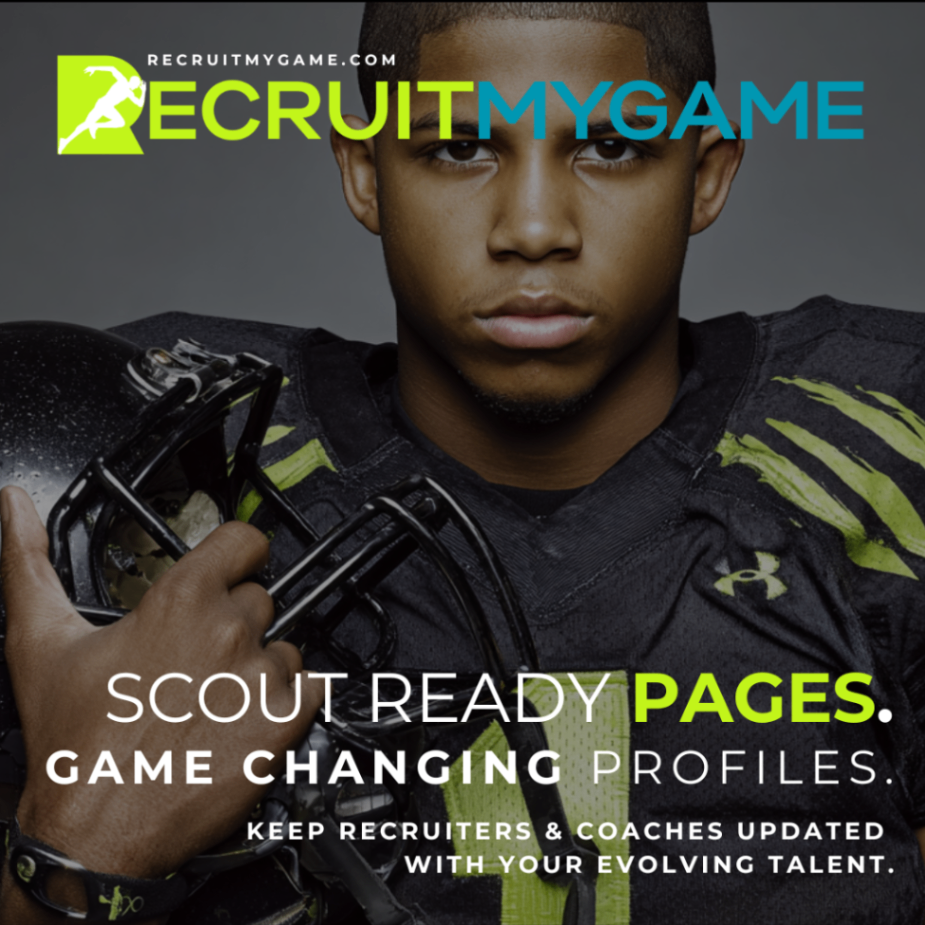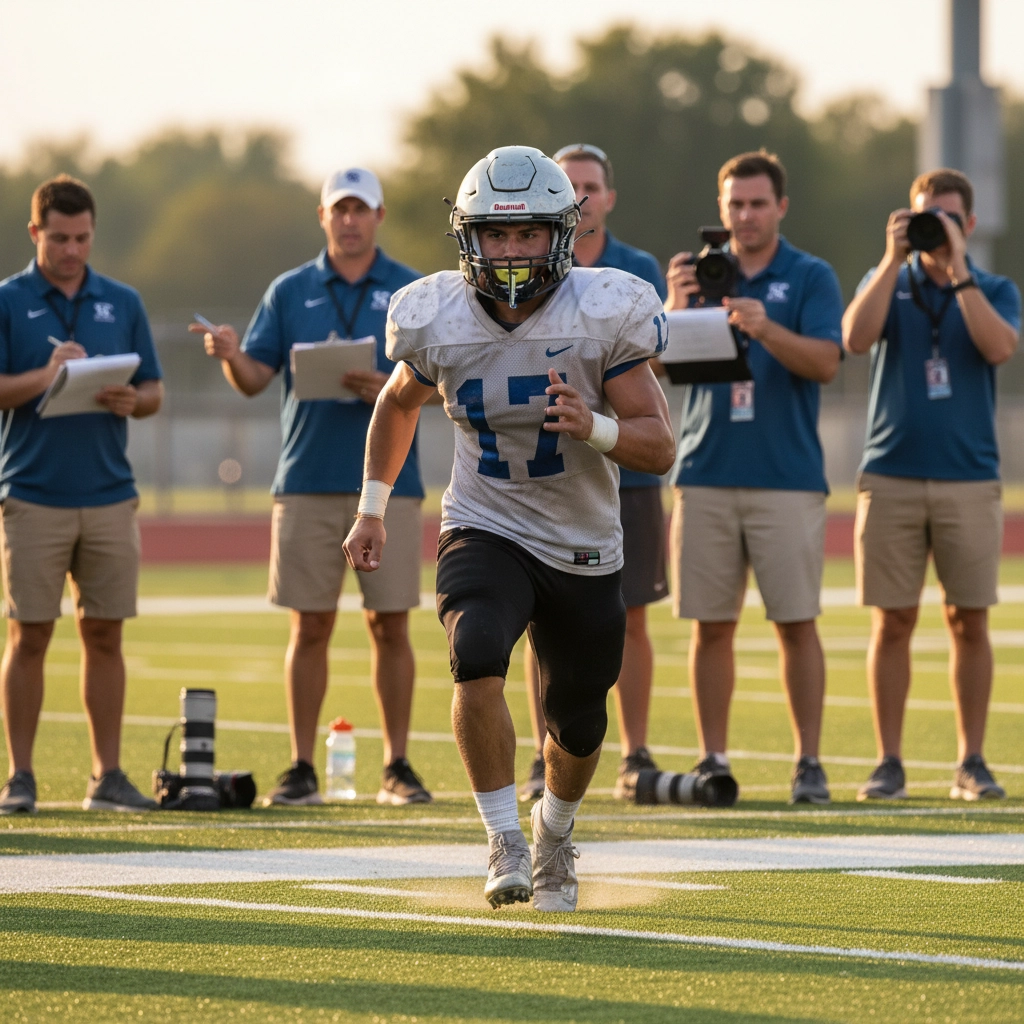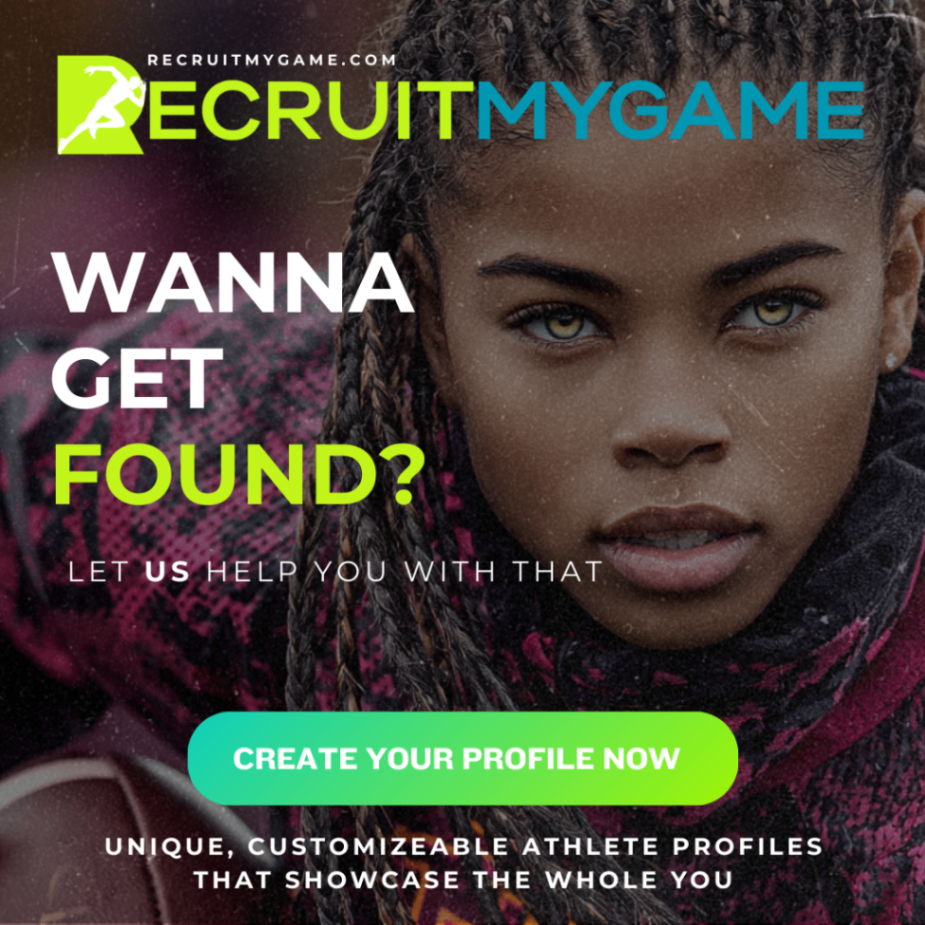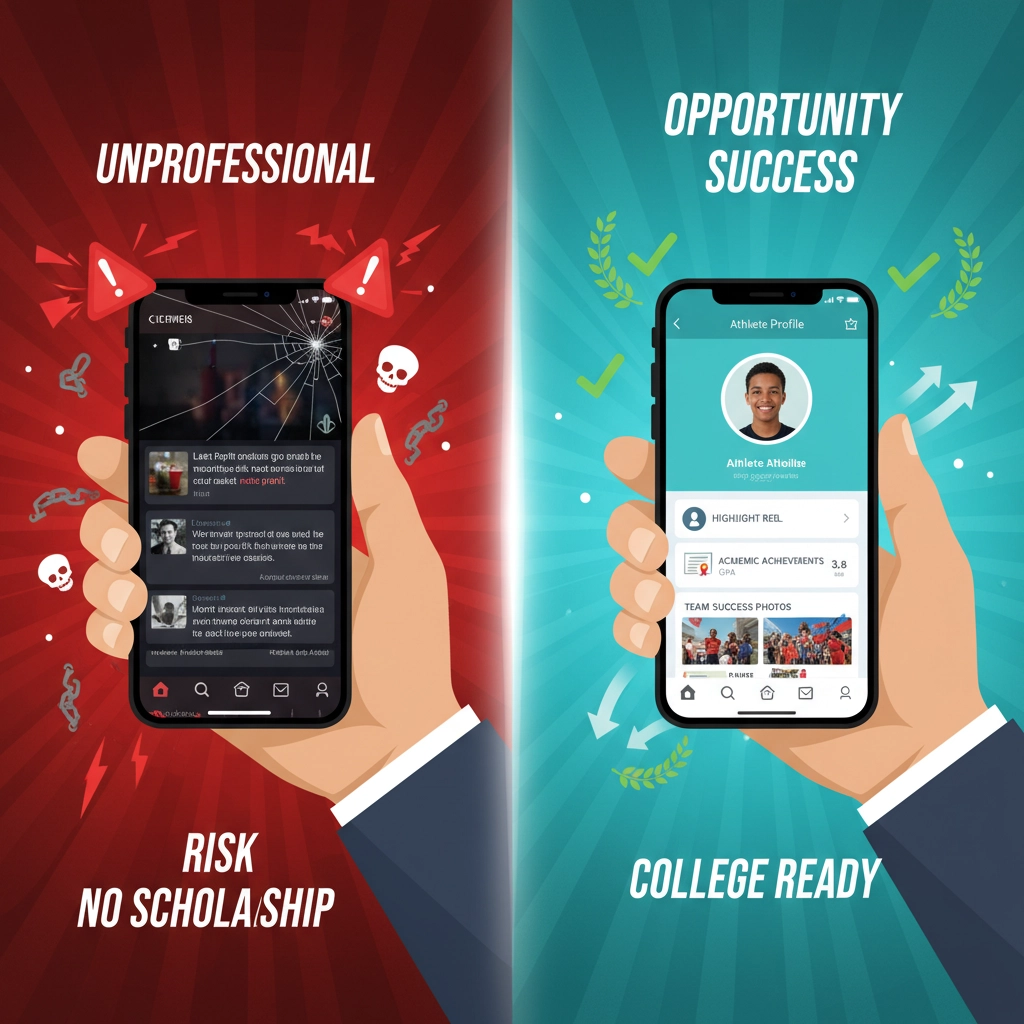Look, we get it. Creating your college target list feels overwhelming. You're scrolling through hundreds of schools on sites like collegeprospector.com, trying to figure out which programs might actually want you. Meanwhile, your friends are getting recruited left and right, and you're wondering what you're doing wrong.
Here's the truth: most athletes are making the same seven critical mistakes when building their target lists. These aren't small oversights: they're recruitment-killing errors that separate the athletes who get scholarship offers from those who end up scrambling during their senior year.
The good news? Once you know what these mistakes are, they're completely fixable. Let's dive into what's actually sabotaging your recruitment and how the smartest athletes are getting noticed in 2025.
Mistake #1: Starting Your Search Too Late
We see this constantly: athletes who don't start building their target lists until junior or senior year. By then, college coaches have already identified their top prospects and filled most of their recruiting classes.
Here's what actually happens: coaches start watching athletes as early as freshman year. They're building relationships, tracking development, and creating their own internal target lists. When you wait until senior year to get serious about recruitment, you're competing for the leftover spots.
Data-driven athletes start researching schools and creating profiles by sophomore year. They use platforms like collegeprospector.com to identify programs that match their athletic level and academic interests early in the process. This gives them two full years to build relationships with coaching staffs and demonstrate consistent improvement.

The athletes getting recruited in 2025 understand that recruitment is a marathon, not a sprint. They're patient, strategic, and they start early.
Mistake #2: Building Dream Lists Instead of Realistic Lists
We've all seen it: the athlete who creates a target list with 15 Division I powerhouse programs and maybe two backup schools. This approach ignores the fundamental reality of college athletics: fit matters more than prestige.
Your target list should include three categories:
Reach schools: Programs where you'd be fighting for a roster spot
Target schools: Programs that match your current ability level
Safety schools: Programs where you'd likely receive significant interest
Smart athletes spend time on collegeprospector.com analyzing roster compositions, looking at the types of players each program typically recruits. They're not just looking at rankings: they're evaluating playing time opportunities, coaching philosophies, and program trajectories.
The most successful recruitments happen when athletes prioritize long-term fit alongside athletic opportunity. That Division III school might offer better playing time, academic programs, and overall experience than riding the bench at a Division I program.
Mistake #3: Sending Generic Messages to Every Coach
Nothing screams "mass email" like a generic message that starts with "Dear Coach" and could apply to any program in the country. Coaches receive hundreds of these weekly, and they delete them immediately.
Here's what actually works: personalized outreach that demonstrates you've done your homework. Mention something specific about their program: a recent win, facility upgrade, or player you admire. Include your key stats, GPA, graduation year, and a direct link to your highlight video.

End with a specific question about their program. Instead of "Are you interested in recruiting me?" try "What qualities are you looking for in a linebacker for your 2026 recruiting class?" This approach shows genuine interest and makes it easy for coaches to respond with useful information.
The athletes getting recruited are treating each outreach like a mini cover letter, customized for that specific program and coach.
Mistake #4: Waiting for Coaches to Discover You
This might be the most dangerous myth in recruiting: that talented athletes will automatically be discovered without taking initiative. Unless you're a five-star prospect, coaches aren't going to magically find you.
Successful athletes understand that recruitment is a proactive process. They consistently update coaches with new highlights, stats, and achievements. They maintain visibility on recruiting platforms and follow up politely when coaches don't respond immediately.
Data from collegeprospector.com shows that athletes who consistently engage with coaches throughout their high school careers are significantly more likely to receive offers than those who wait passively. The key is persistent, professional communication: not being annoying, but staying visible.
Think of it like this: coaches have limited time and hundreds of prospects to track. The athletes who make their jobs easier by providing regular updates are the ones who stay top-of-mind when roster spots open up.
Mistake #5: Ignoring Academic and Cultural Fit
Too many athletes focus exclusively on athletic opportunities without considering whether they'd actually be happy at a school for four years. This narrow focus often leads to poor decisions and early transfers.
Before adding schools to your target list, evaluate the complete picture:
Do they offer academic programs that interest you?
What's the campus culture like?
How do current players describe their experience?
Does the coaching philosophy align with your playing style?

Use resources like collegeprospector.com to research academic programs, campus life, and recent team performance. Talk to current players if possible: they'll give you the real story about what it's like to be part of that program.
Remember: you're choosing where to spend four years of your life, not just where to play sports. The most successful student-athletes find programs where they can thrive both on and off the field.
Mistake #6: Neglecting Your Digital Presence
Your social media accounts are part of your recruiting profile whether you realize it or not. Coaches will absolutely check your Instagram, Twitter, and TikTok before making scholarship offers.
We regularly see talented athletes lose opportunities because of inappropriate posts, controversial comments, or simply unprofessional online presence. Your digital footprint is an extension of your character evaluation.
Audit your social media profiles regularly. Remove anything that could raise red flags. Better yet, use your platforms strategically to showcase your athletic achievements, community involvement, and academic success.

The smartest athletes understand that their online presence is a recruiting tool. They post highlight clips, academic achievements, and community service activities. They engage positively with their teams and schools. They present themselves as the type of person coaches want representing their programs.
Mistake #7: Not Leveraging Modern Recruiting Technology
In 2025, the most successful recruits use technology to maximize their visibility and streamline their recruitment process. Yet many athletes still rely on outdated methods like emailing coaches individually or hoping to be discovered at camps.
Recruiting platforms allow you to create comprehensive profiles that showcase your highlights, statistics, academic information, and achievements in one centralized location. Coaches can discover you through search filters and easily evaluate your fit for their program.
Sites like collegeprospector.com provide valuable data about program needs, coaching changes, and roster composition that can inform your target list strategy. Meanwhile, platforms like Recruit My Game let you create professional profiles that keep coaches updated on your development throughout high school.
The technology exists to make recruitment more efficient and effective. The athletes taking advantage of these tools have a significant edge over those who don't.
Building Your Target List the Right Way
The athletes securing scholarships in 2025 approach their target lists strategically. They start early, do their research, personalize their communications, and leverage technology to maximize their opportunities.
Most importantly, they understand that recruitment isn't about finding the most prestigious program that will accept them: it's about finding the right fit where they can succeed academically, athletically, and personally.
Your target list should reflect schools where you genuinely want to spend the next chapter of your life. Use resources like collegeprospector.com to research programs thoroughly. Create professional profiles on recruiting platforms. Stay proactive in your communication with coaches.

By avoiding these seven common mistakes and taking a data-driven approach to recruitment, you'll position yourself for success in the increasingly competitive world of college athletics. The opportunities are out there: you just need to be smart about how you pursue them.
Remember: recruitment is a process, not an event. Start early, stay organized, and focus on finding the right fit rather than just any fit. Your future self will thank you.


